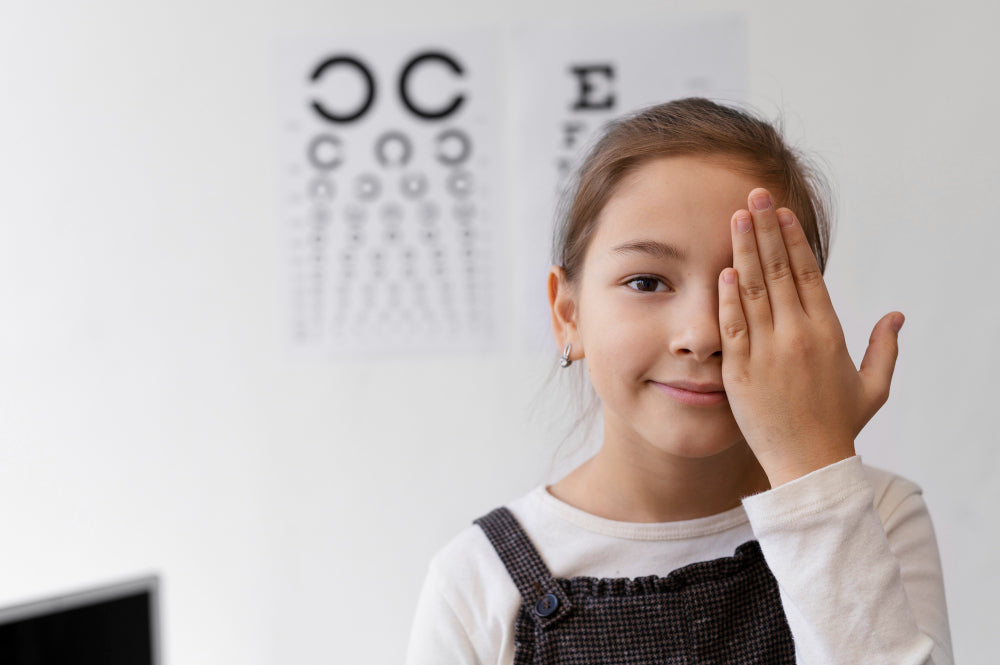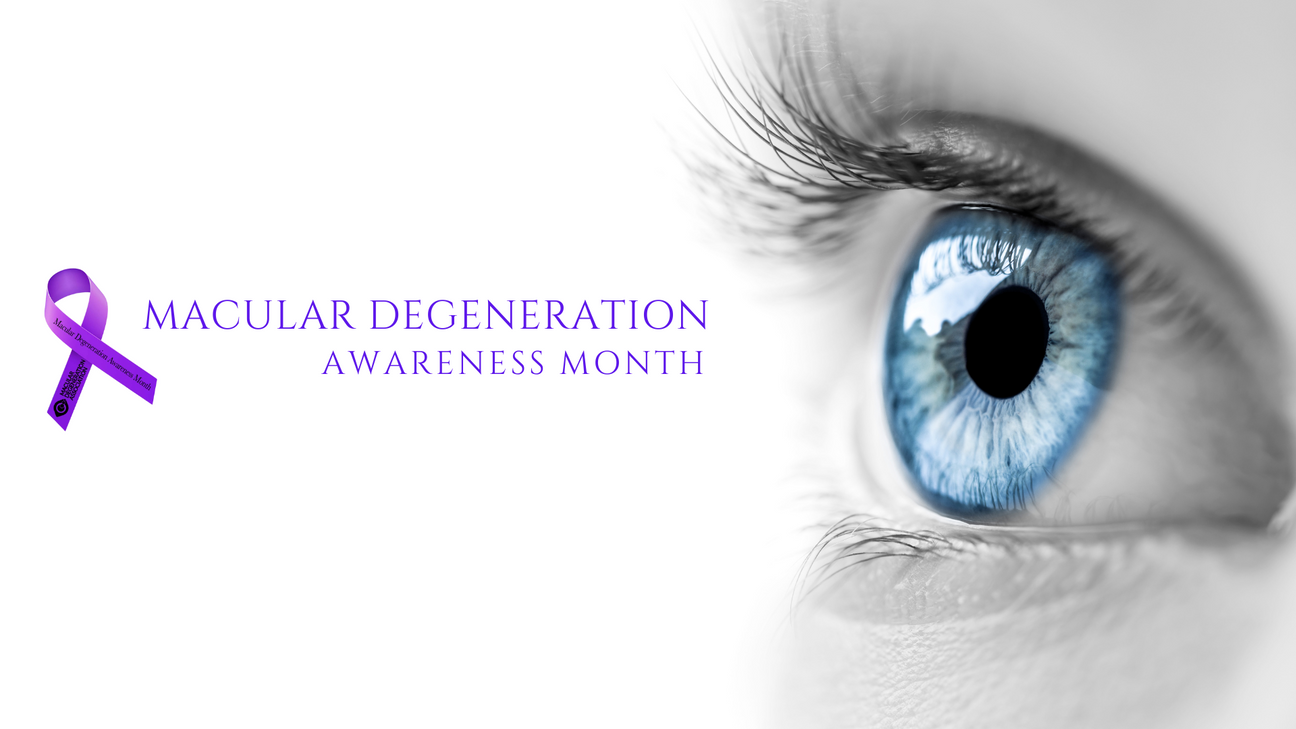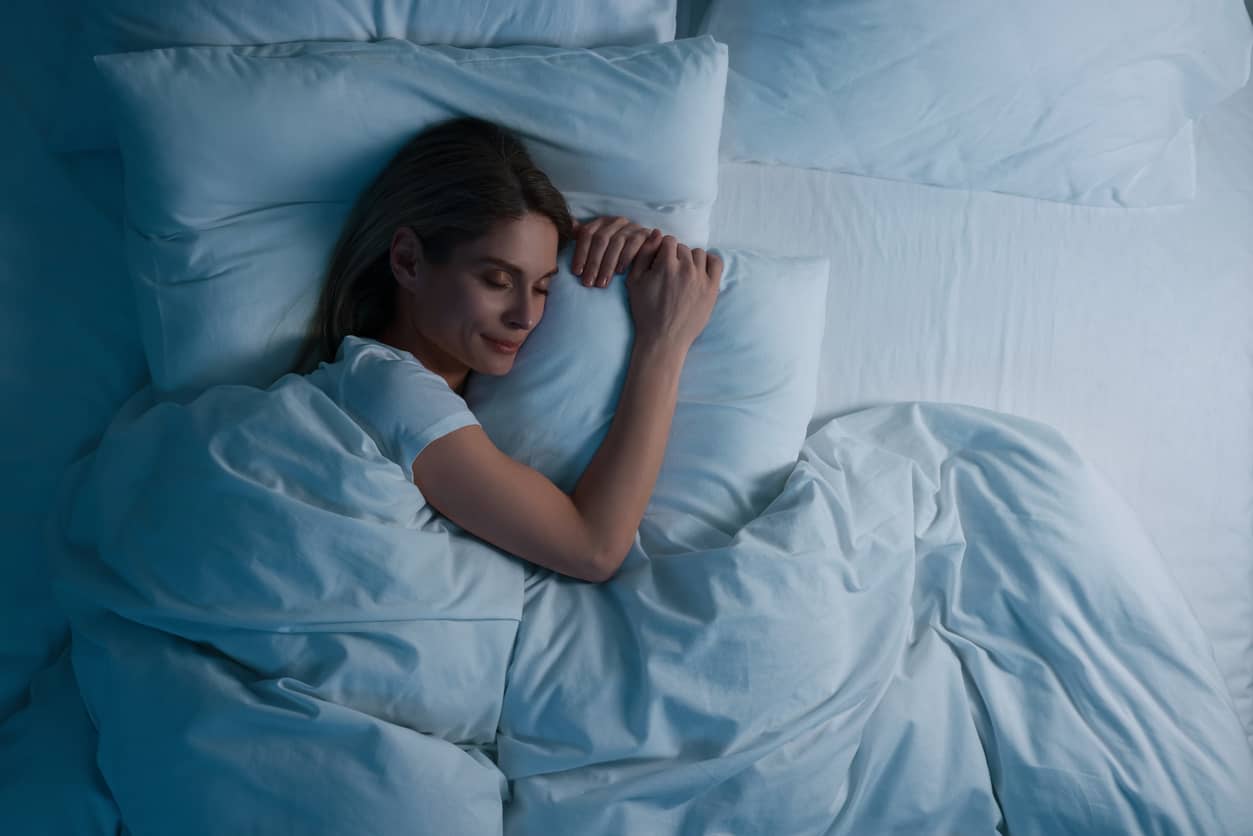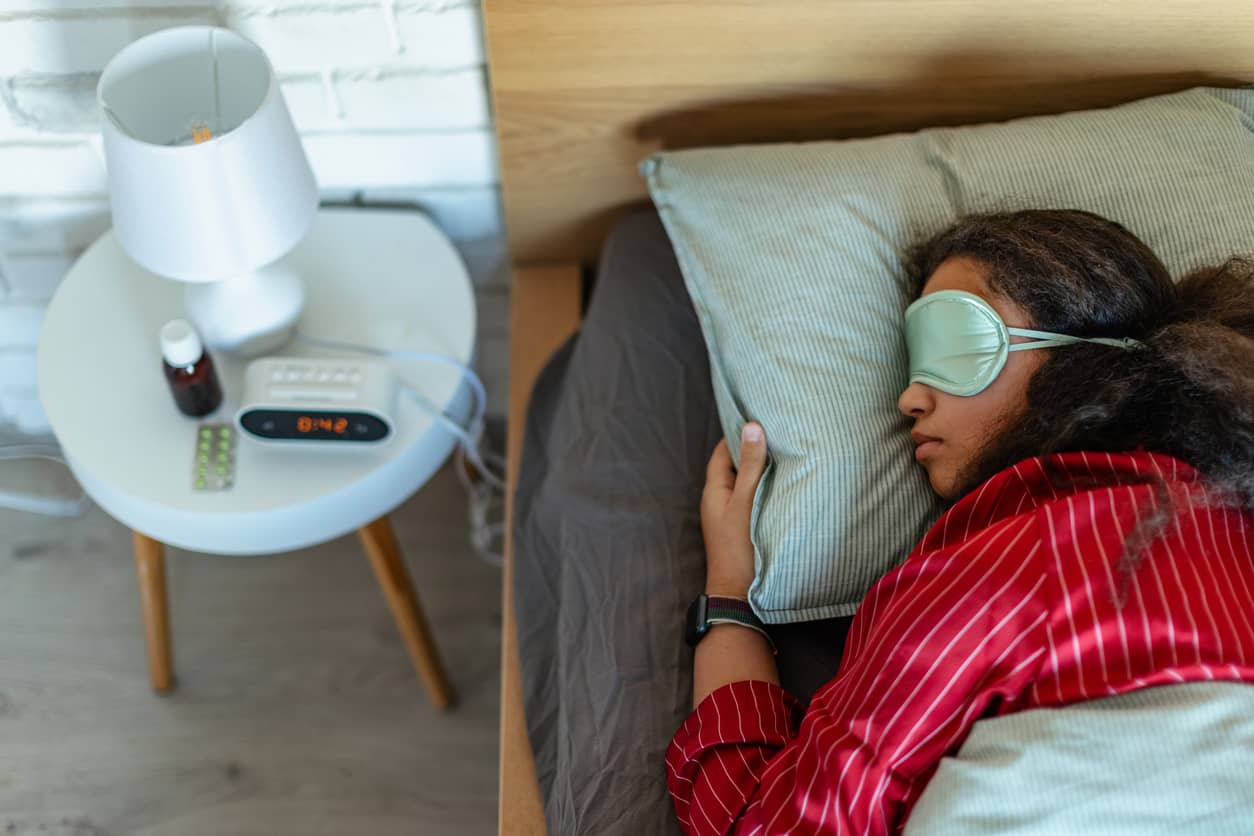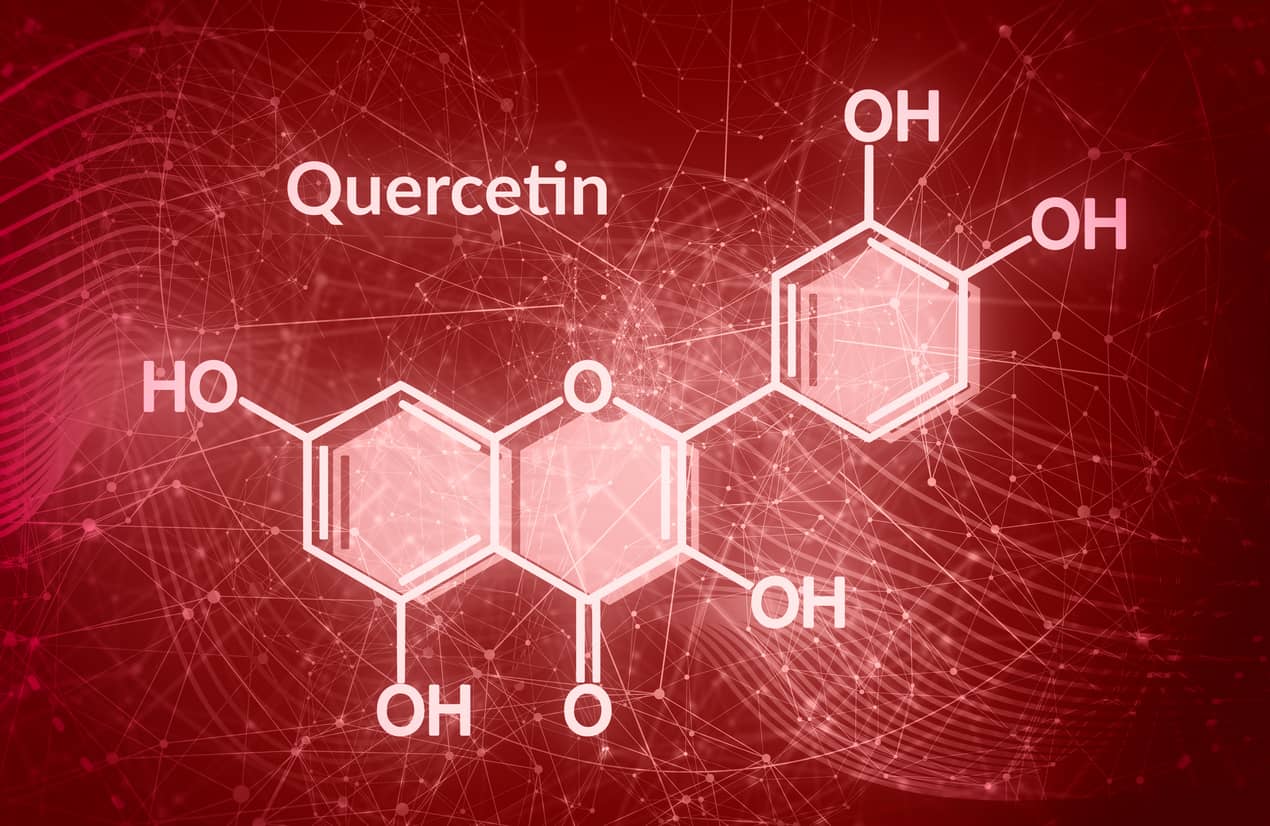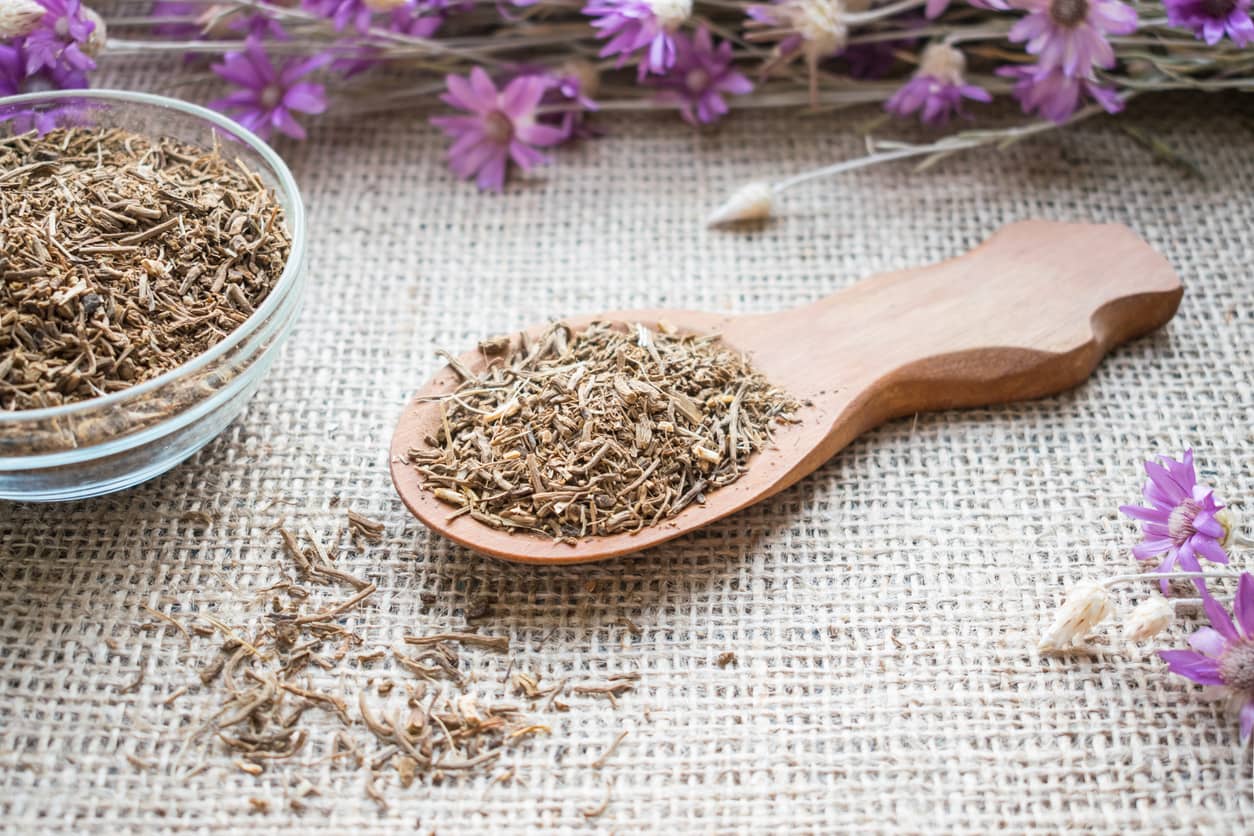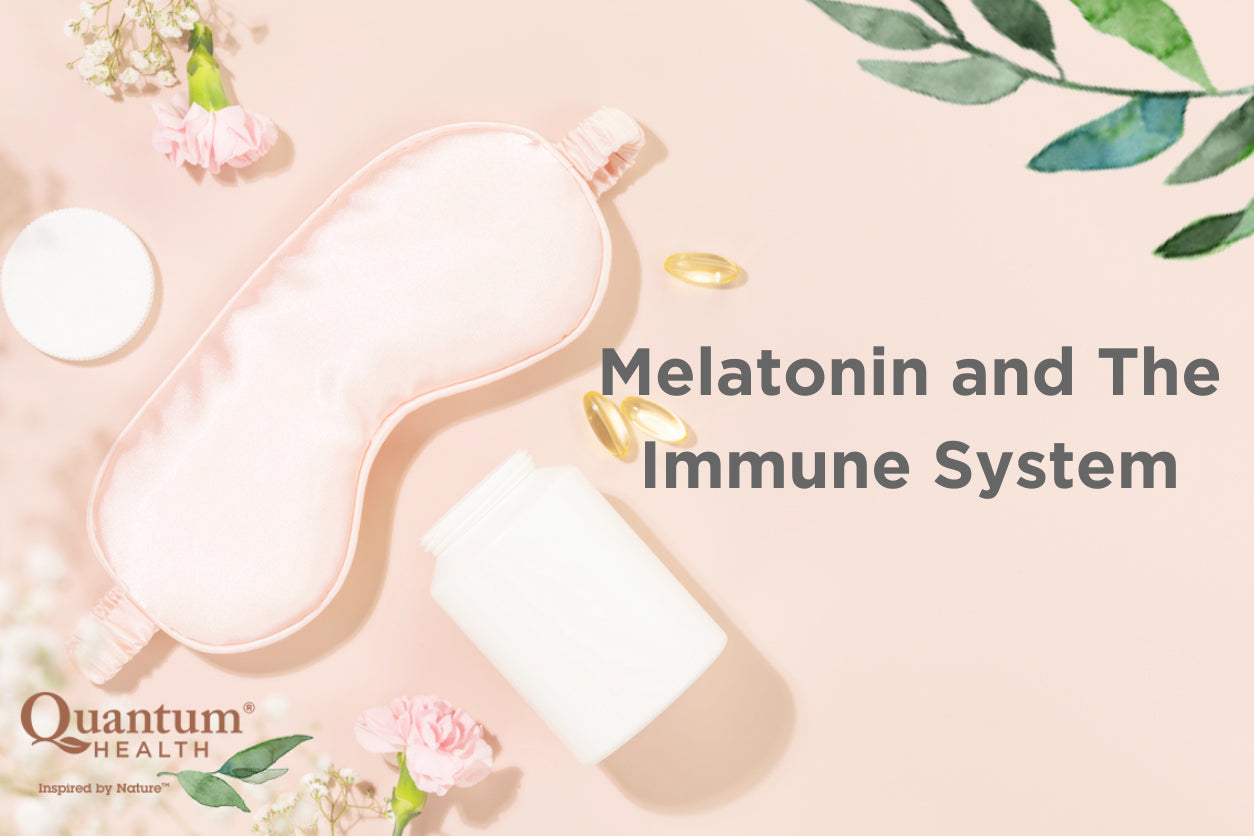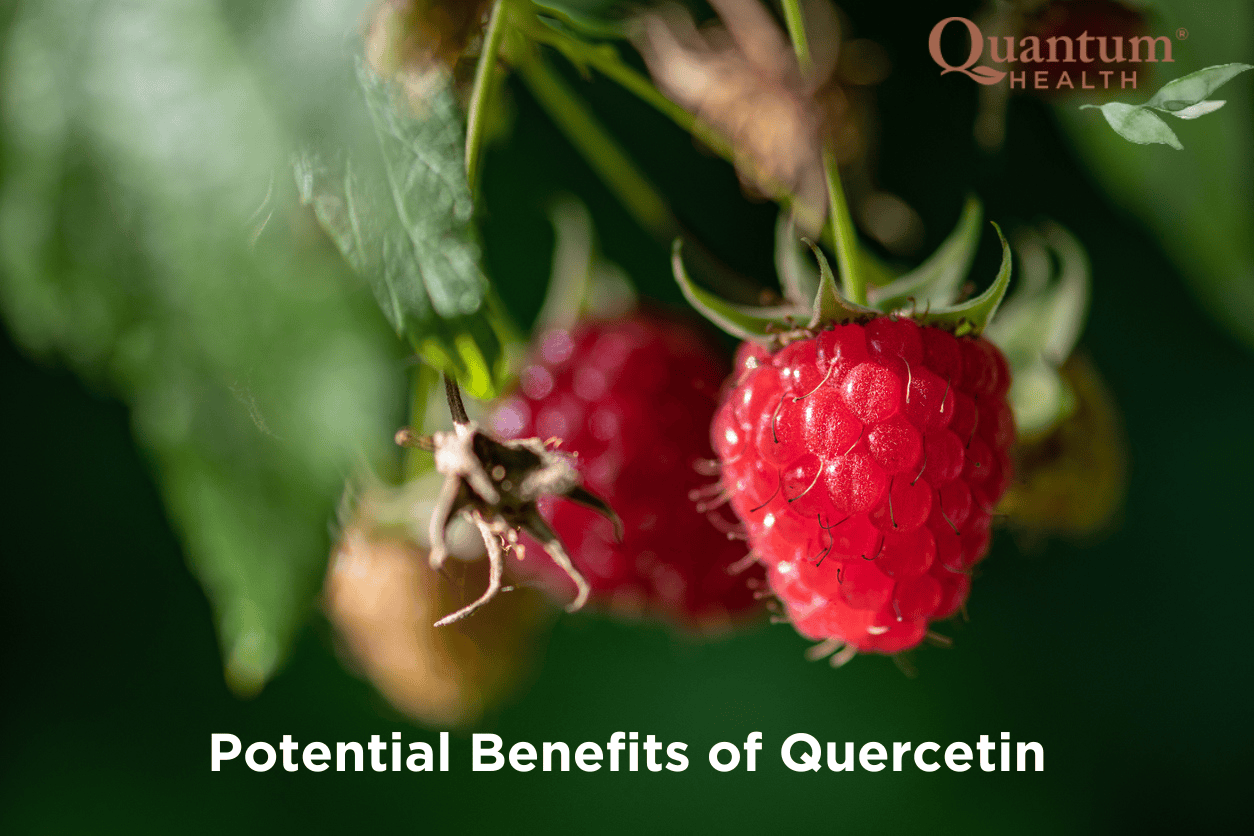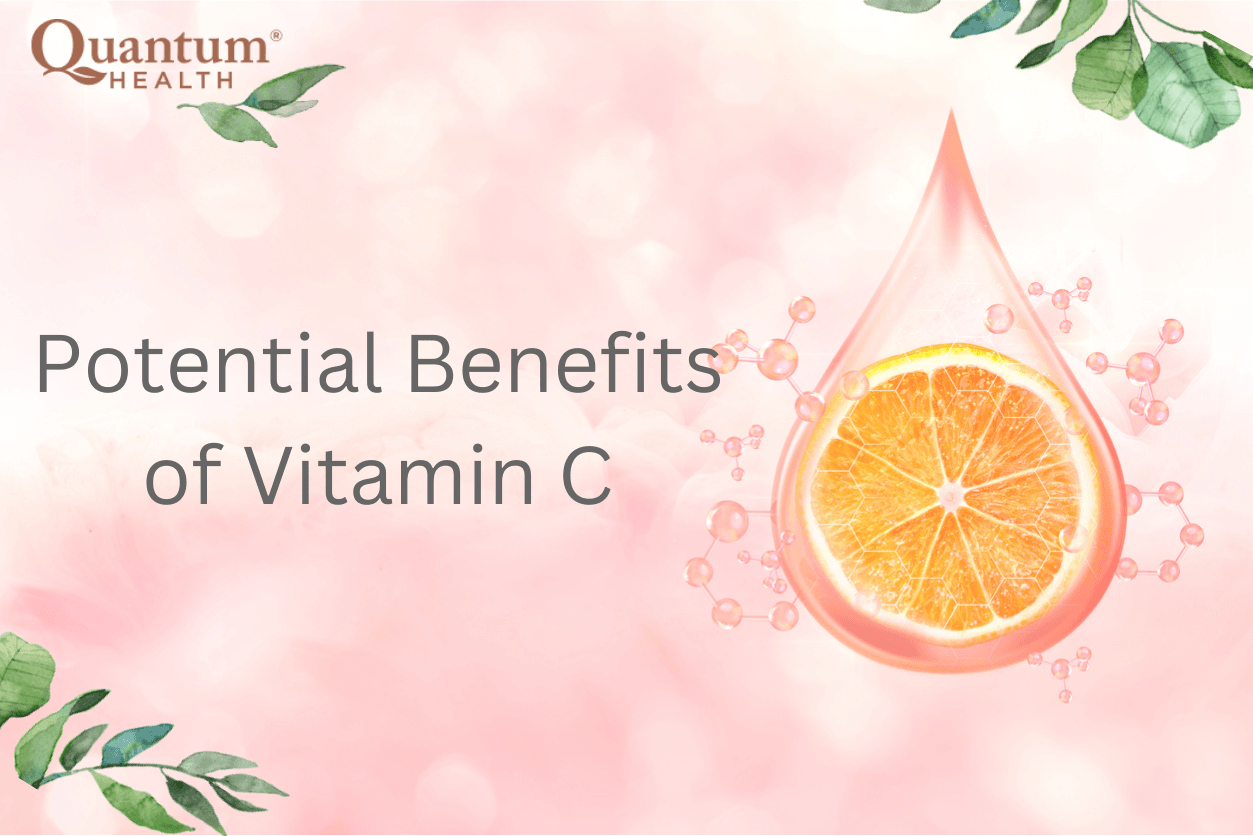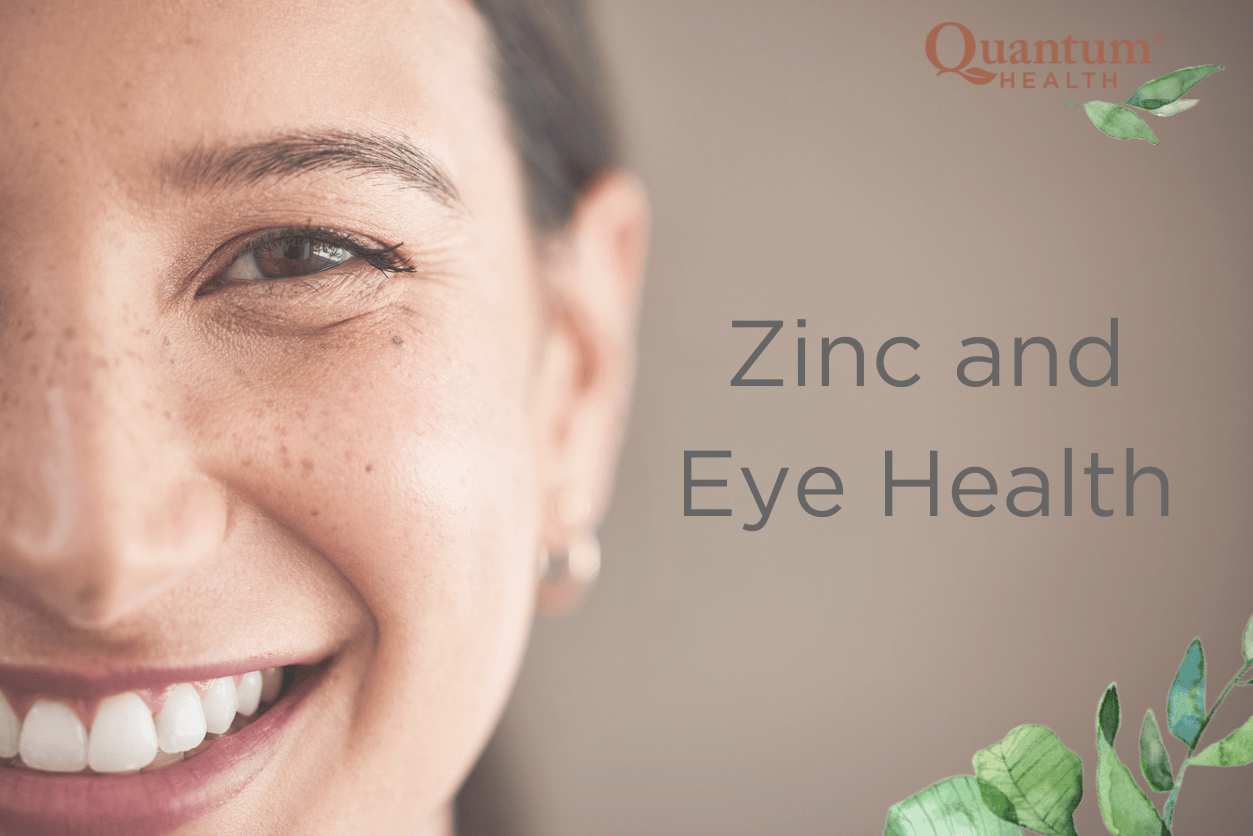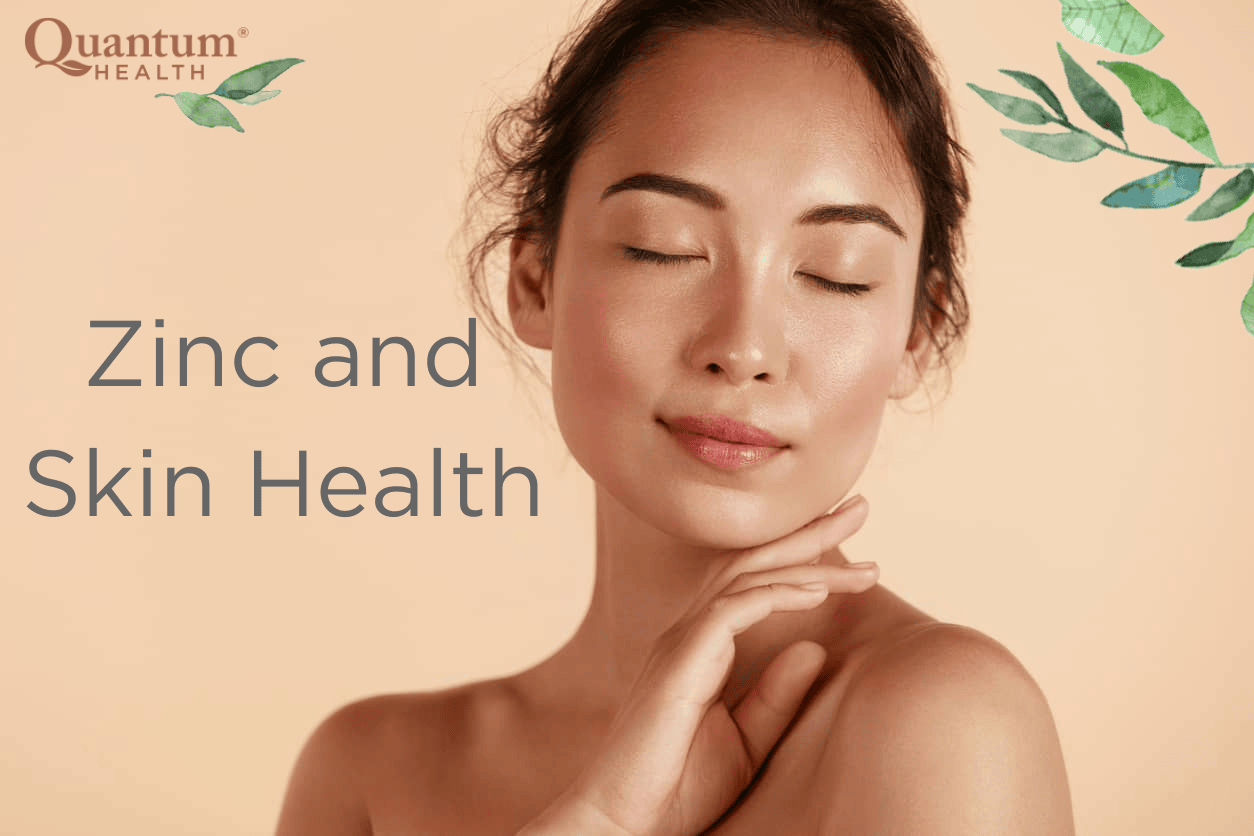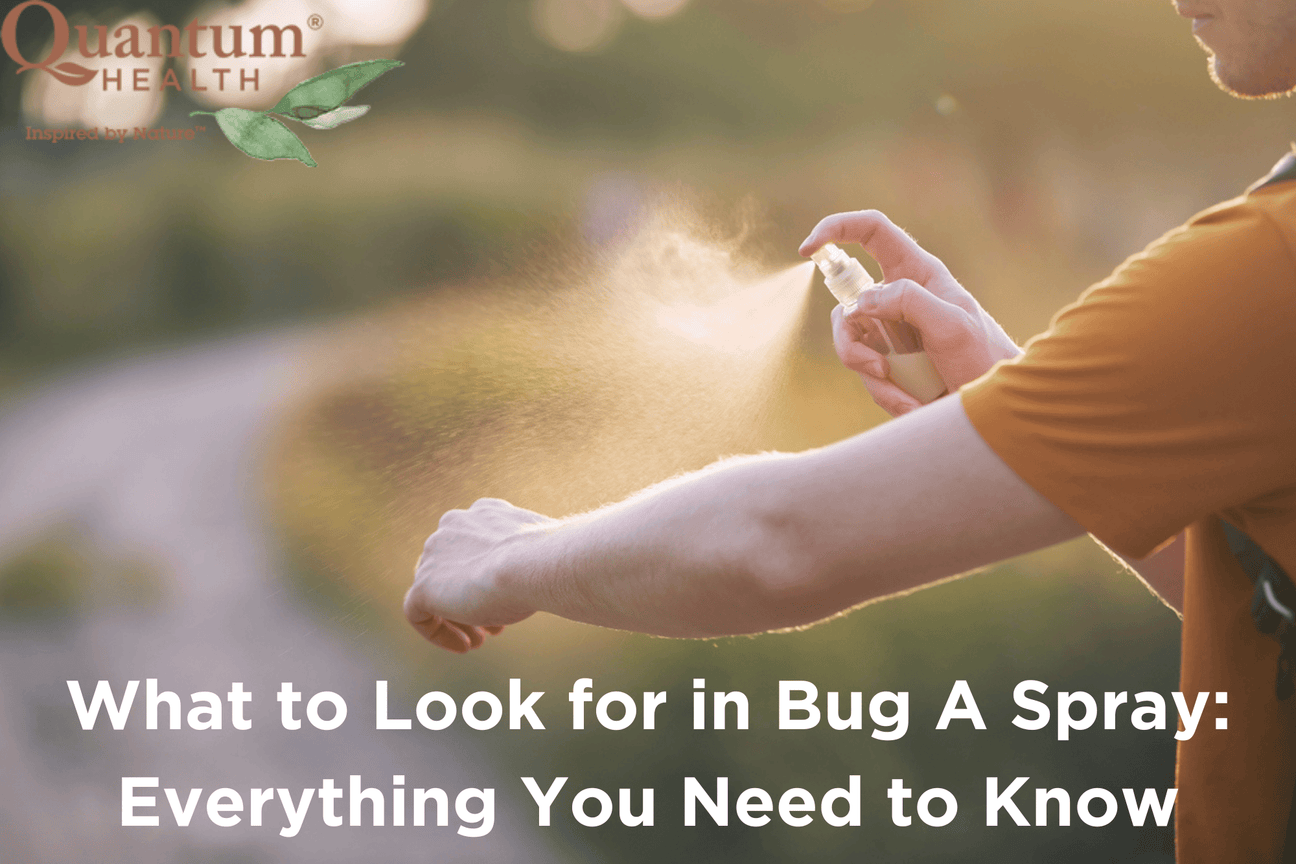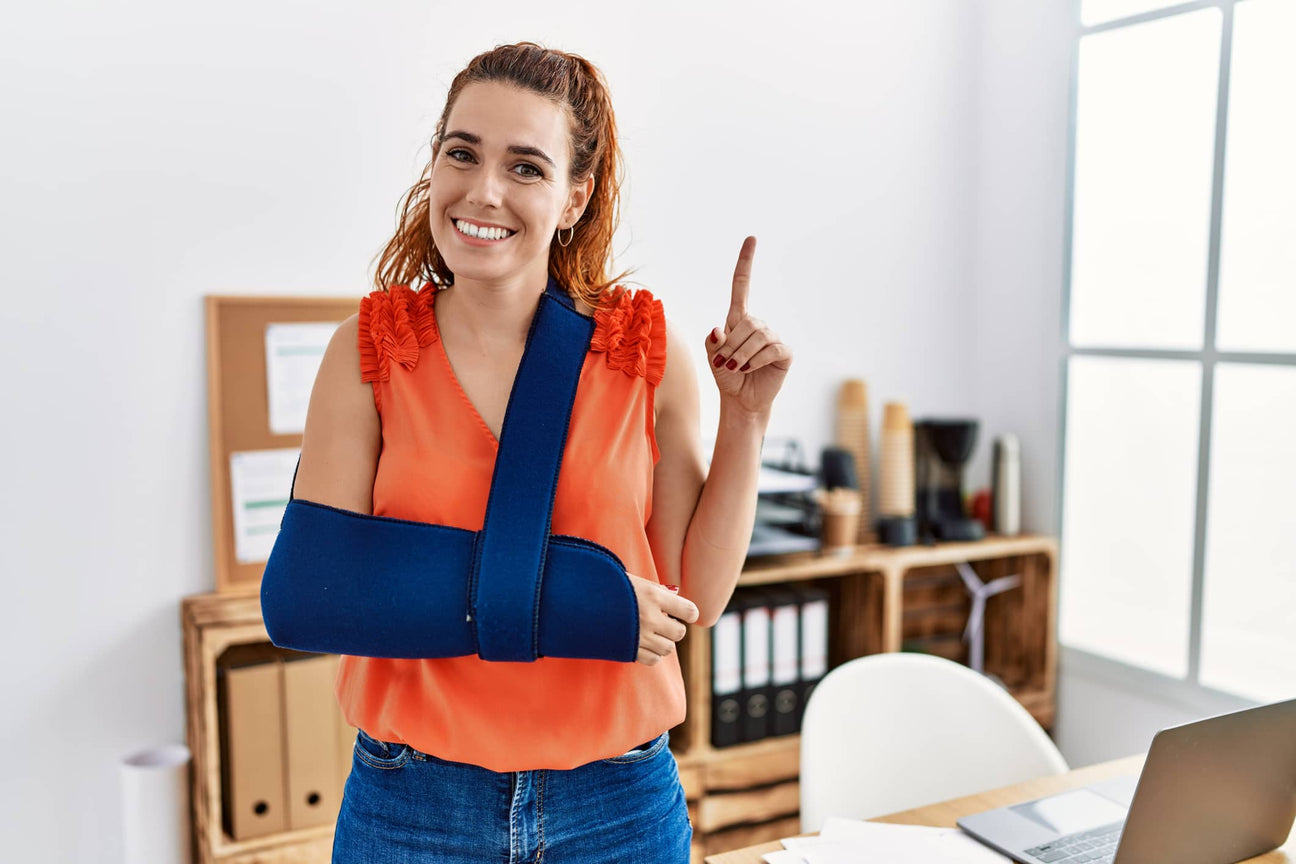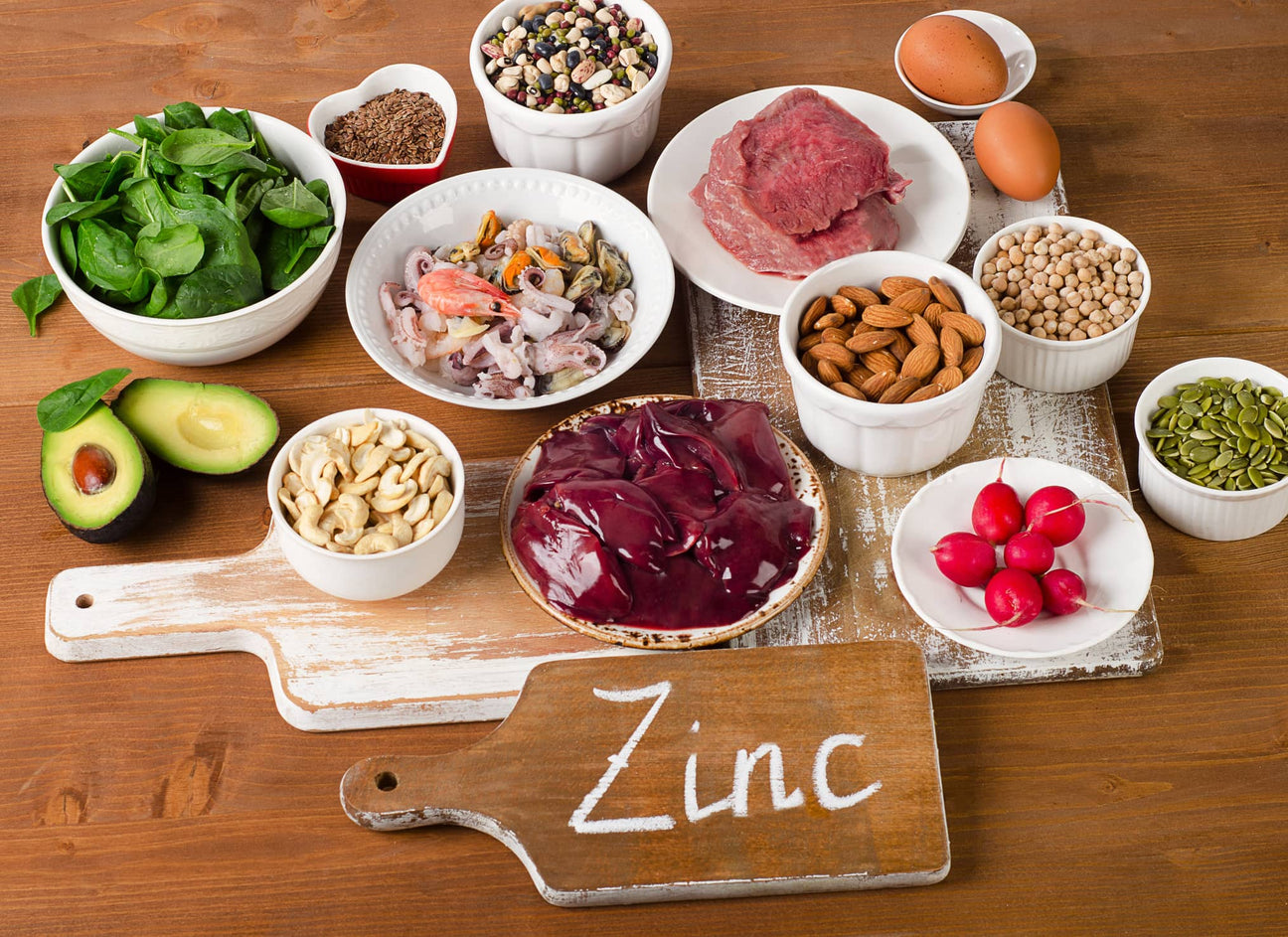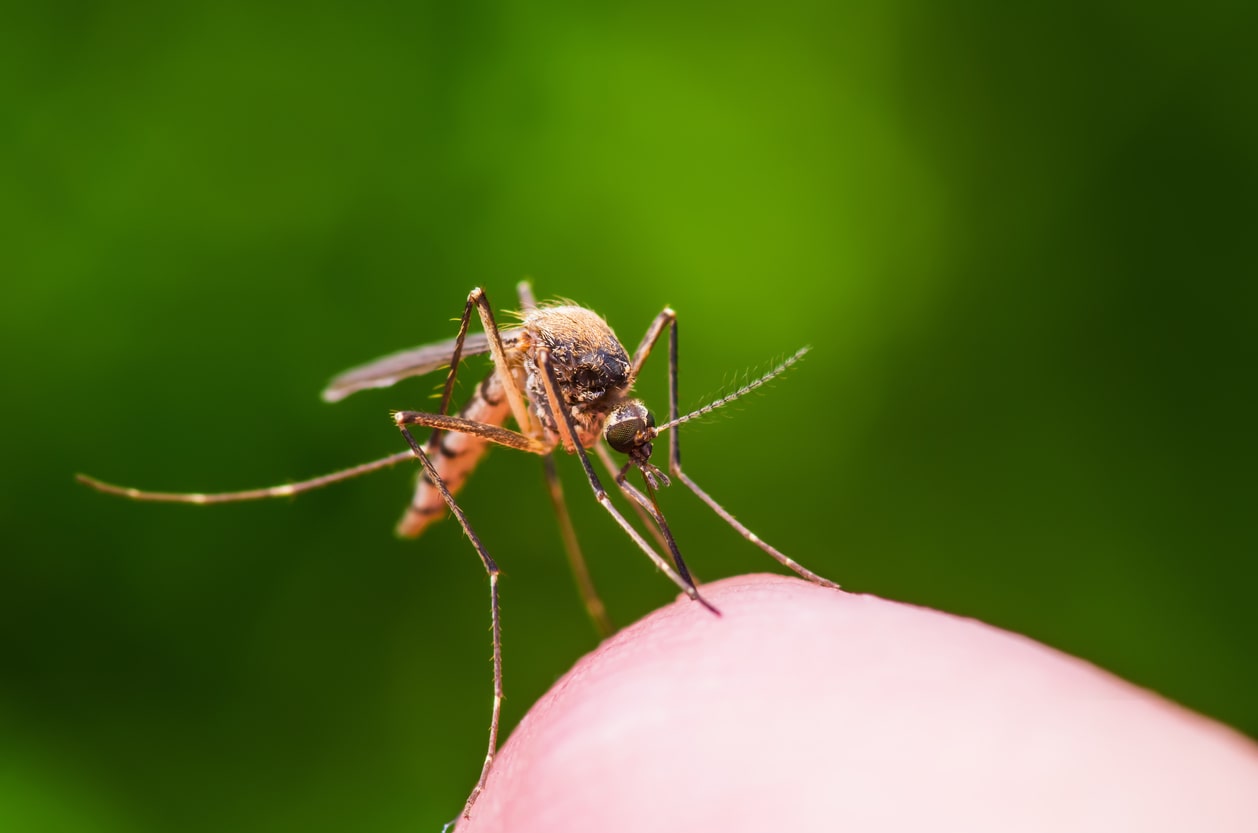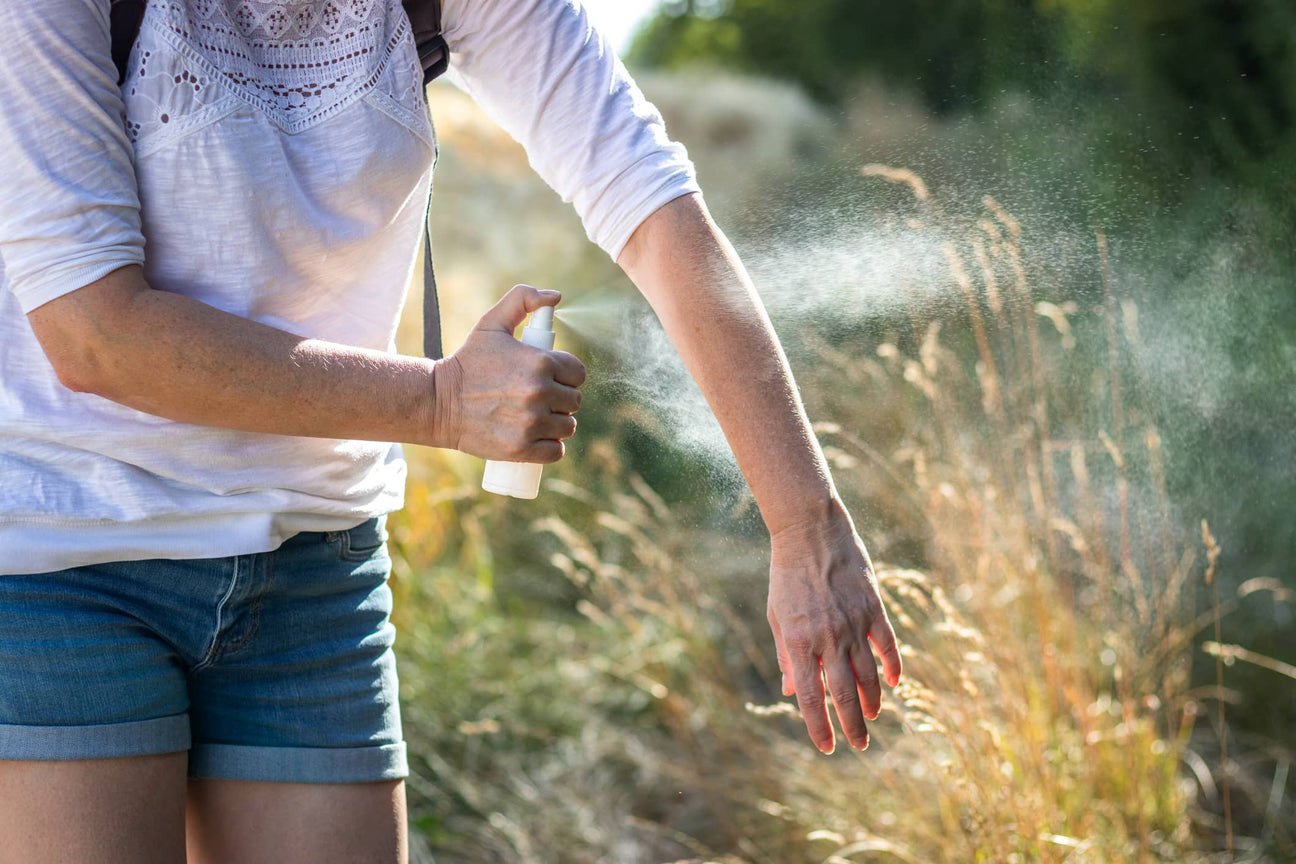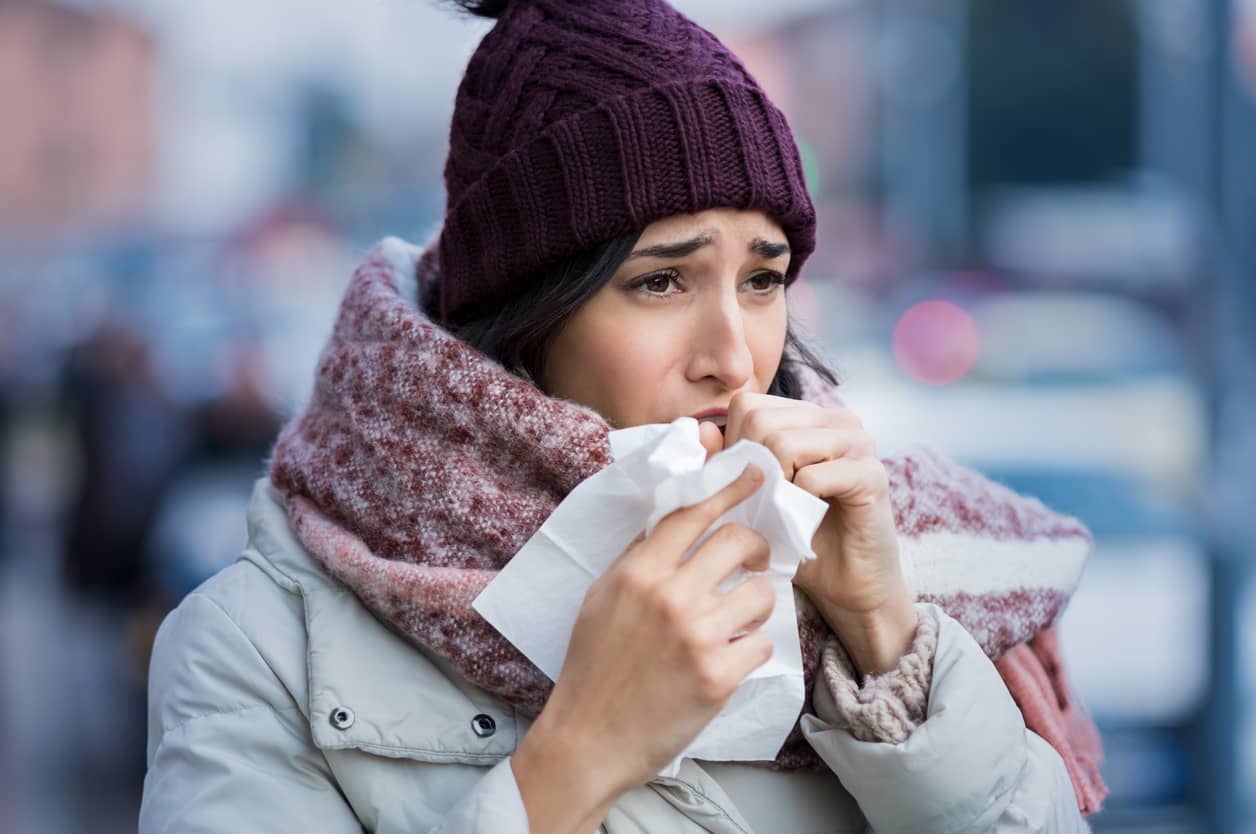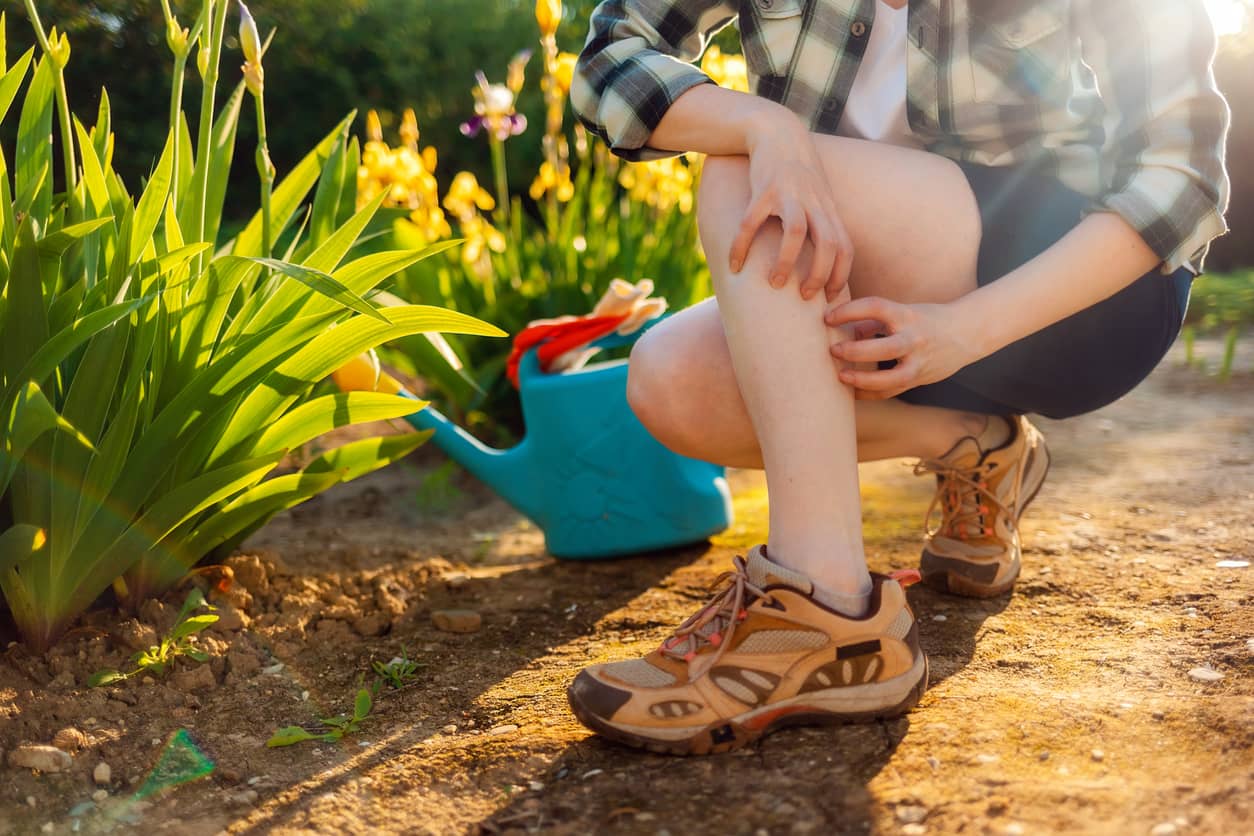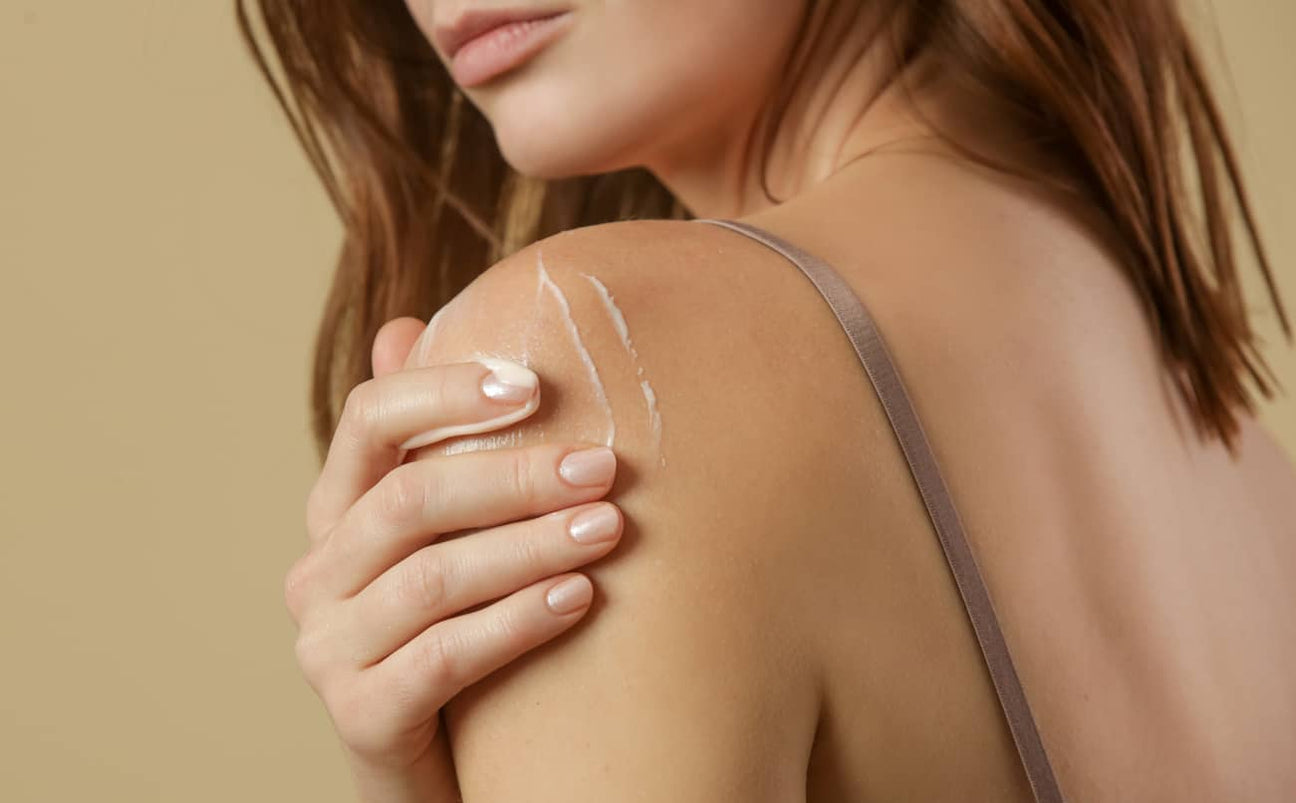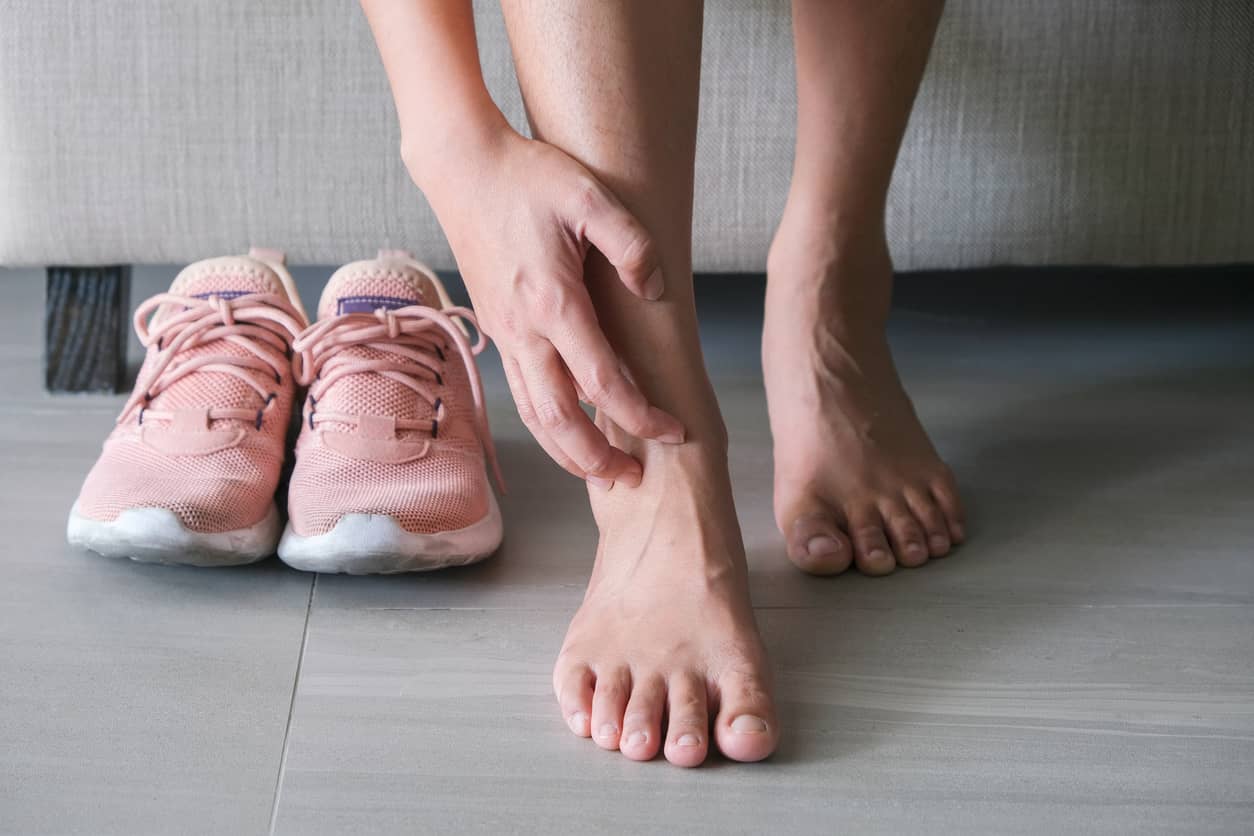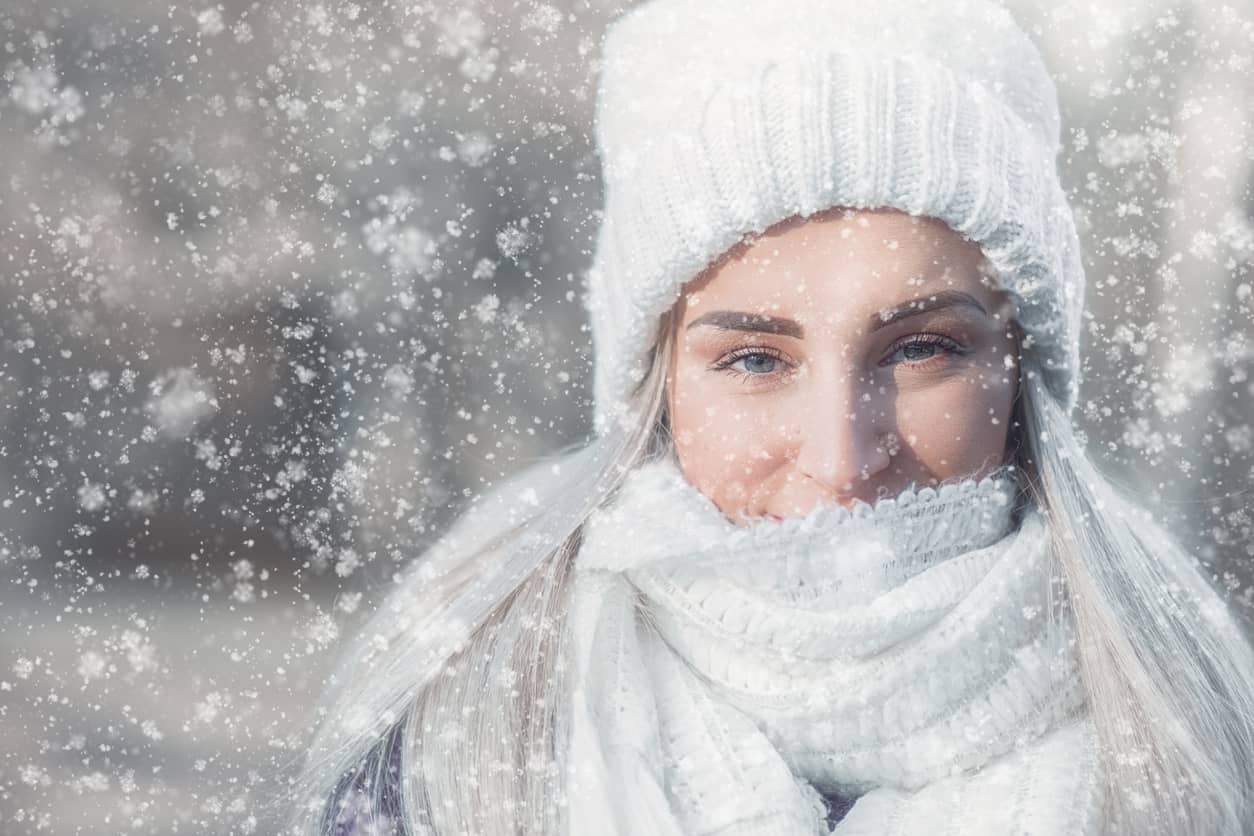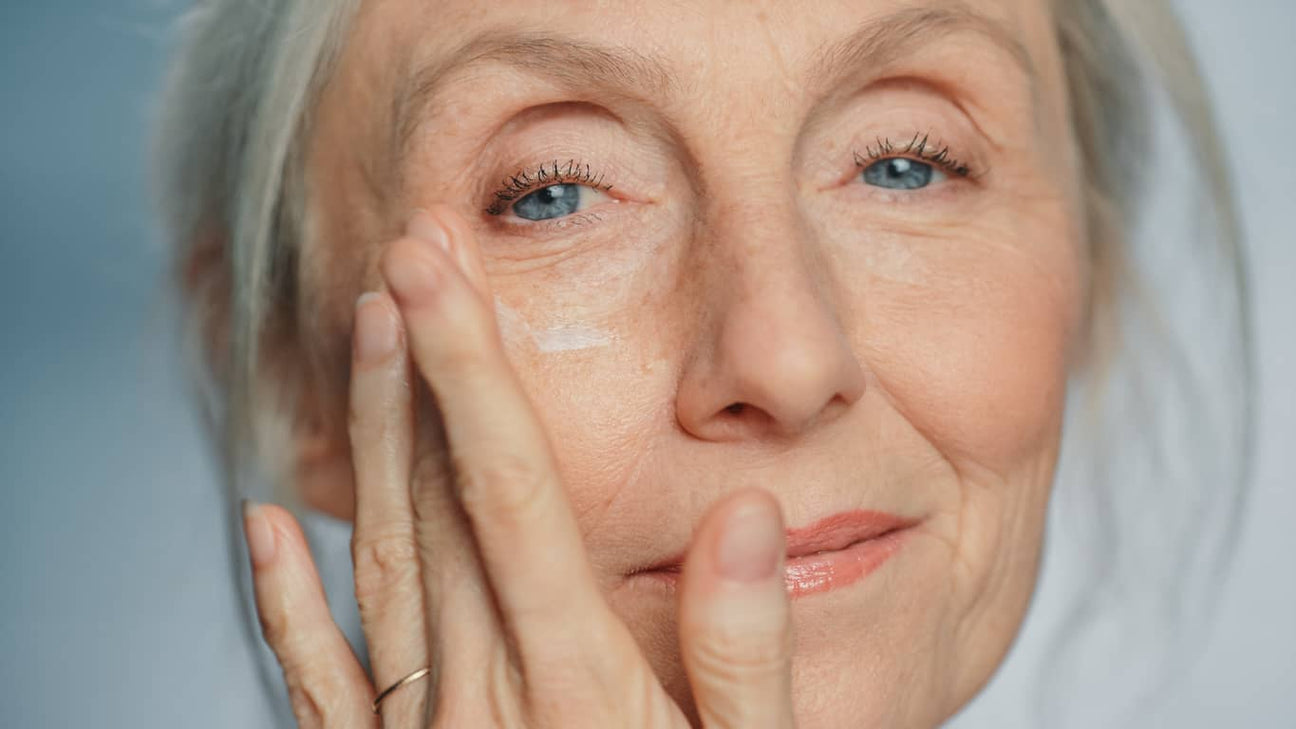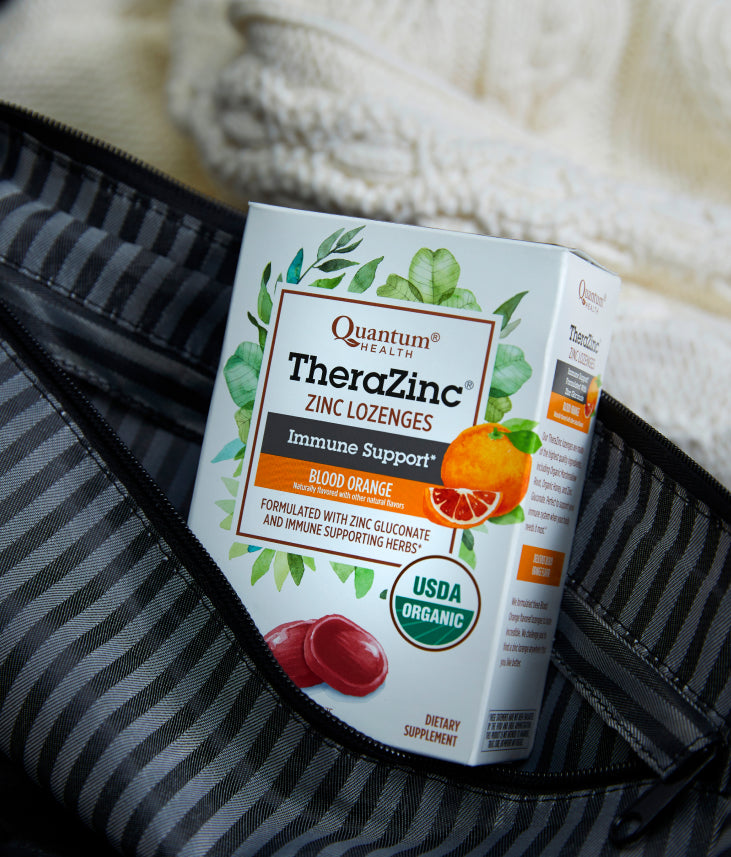How To Test The Effectiveness Of Mosquito Repellent
Aedes albopictus, Culex nigripalpus, and Ochlerotatus triseriatus*
Donald R. Barnard1 and Rui-De Xue
USDA-ARS, Center for Medical, Agricultural, and Veterinary Entomology
SUMMARY
Four synthetic mosquito repellents and eight plant-based repellents were tested against three species of mosquitoes. Buzz Away Extreme provided an average mean protection time against all three types for 7.2 hours.
The synthetics were:
Off! (15% deet),
Skinsations (7% deet)
Autan (10% KBR3023, IR3535, 7.5%)
The plant-based repellents were:
Buzz Away Extreme
ByGone
GonE!
Natrapel (10% citronella]
Neem Aura
Sunswat
MosquitoSafe (25% geraniol)
Repel (26% p-menthane-3,8-diol)
Below is a summary of the results:
|
Mosquito Species
|
|||||||
|
|
Aedes albopictus
|
Cx. Nigripalpus
|
Oc. triseriatus
|
All Species
|
|||
|
Product
|
eMPT
|
Range (hours)
|
eMPT
|
Range (hours)
|
eMPT
|
Range (hours)
|
mean eMPT
|
| Neem Aura
|
0.2
|
0-0.5
|
4.2
|
4.0 - 4.5
|
0
|
0
|
1.5
|
| GonE1
|
0
|
0
|
2.8
|
1,5 - 4.5
|
0
|
0
|
0.9
|
| SunSwat
|
0.2
|
0-0.5
|
4.2
|
3.5 - 5.0
|
0
|
0
|
1.5
|
| Natrapel
|
1.3
|
.5 - 2.0
|
5.2
|
4.5 - 6.0
|
0.5
|
0 - 1.5
|
2.3
|
| Bygone
|
0.2
|
0 - 0.5
|
4.7
|
4.0 - 5.0
|
9
|
0
|
1.5
|
|
Buzz Away Extreme
|
5.5
|
4.0 - 8.0
|
8.3
|
8.0 - 8.5
|
7.8
|
7.5 - 8.0
|
7.2
|
| Skinsations
|
5
|
2.5 - 7.5
|
4.8
|
3.5 - 7.5
|
4.7
|
4.5 - 5.0
|
4.8
|
| Off!
|
7.2
|
5.5 - 8.0
|
7
|
6.0 - 8.0
|
7.3
|
7.0 - 8.0
|
7.2
|
| IR 3535
|
1.8
|
1.5 - 2.5
|
5.7
|
3.5 - 8.5
|
2.02
|
1.5 - 2.5
|
3.2
|
| Autan
|
5.7
|
4.0 - 7.0
|
8
|
0
|
7.8
|
7.5 - 8.0
|
7.2
|
| Repel
|
7.8
|
7.5 - 8.0
|
7.3
|
6.0 - 8.0
|
7.8
|
7.5 - 8.0
|
7.6
|
| MosquitoSafe
|
2.8
|
2.5 - 3.5
|
3.8
|
3.5 - 4.0/td>
|
2.7
|
2.0 - 3.0
|
3.1
|
| eMPT - estimated mean protection time
|
|||||||
Application of repellents to the skin is a common personal protection practice. The effectiveness of this technique, however, depends on many environmental factors (Khan et al. 1975) and can vary greatly among mosquito species (Barnard etal. 1998). For this reason, recommendations for the use of topical repellents are most meaningful when based on laboratory and field tests against mosquito species of known pest/vector importance. Meeting this requirement is difficult be-cause outdoor testing of repellents in areas with endemic mosquito-borne disease is attended by the risk of human infection. In contrast, laboratory tests are safe, because pathogen-free mosquitoes are used. They are also comparatively simple, although less robust than field tests, because many of the biotic and environmental factors that cause variability in field tests can be controlled.
In the laboratory study reported here, we determined the responses of three mosquito species to 12 commercial repellent products. Tests were made using adult Aedes albopictus Skuse, the Asian tiger mosquito (an exotic species),and two indigenous species, Culex nigripalpus Theobald and Ochlerotatus triseriatus (Say). Both Ae. albopictus (Hawley1988) and Oc. triseriatus (Watts et al. 1974) are persistent biters and common pests of humans, mammals, and birds, whereas Cx. nigripalpus feeds on humans but prefers birds, rabbits, and cattle (Edman 1974).
The repellent products we selected for evaluation contain either synthetic or plant-based active ingredients; two contained DEET (N,N-diethyl-3-methylbenzamide). Results from these tests can be used to compare and select a repellent for personal protection against mosquito attack.
Materials and Methods
Mosquitoes. All mosquitoes were reared in the lab-oratory using methods described by Gerberg et al. (1994). Adults were maintained in screened cages and provided continuous access to sucrose solution (10% in water). Cx. nigripalpus was blood fed on re-strained 5- to 7-wk-old chickens. For Ae. albopictus and Oc. triseriatus, bovine blood was provided through artificial membranes.
Repellents
Twelve commercial repellent products were purchased at retail outlets in Gainesville, FL. Products were selected to represent a range of active ingredients that included synthetic and plant-based ingredients. Names, ingredients, and formulations for each product are given in Table 1.
Test Procedure.
Two hundred 5- to 7-d-old female mosquitoes were withdrawn from a stock cage in response to human host stimuli (i.e., chemical volatiles from the hand),using the air flow apparatus described by Posey and Schreck (1981), and placed inside a 46 by 38 by 37-cm cage. The cage had a cotton access sleeve on the front, clear acrylic sides (for viewing), a sheet aluminum bottom, and window screen on the top and back. Sucrose solution was available to the mosquitoes at all times. The testing environment was maintained at 27~C and 65% RH. Thirty minutes before the start of a test, the forearm of a human subject was treated with repellent between the elbow and the wrist at the rate of 1 ml of formulated product/650 cm2 of skin surface area. A latex glove was worn over the hand to protect from mosquito bites. Tests were conducted by placing the repellent-treated forearm into a test cage for 3 min, at 30-min intervals, until the test subject received two or more mosquito bites in the same observation period or one bite each in two consecutive observation periods (a confirmed bite). Protection time (in 30-min intervals) was recorded as the time elapsed between the repellent application and the observation period immediately preceding that in which a confirmed bite was obtained. In the absence of a confirmed bite, tests were discontinued at 8.5 h, and the protection time recorded as 8.5 h. A repellency index ( Ri) was calculated for each repellent by dividing the estimated mean protection time (eMPT) for that repellent, for all three mosquito species, by the eMPT for the product with the lowest (7%) DEET concentration (Skinsations).
Data Analysis.
Each repellent was tested once on two of the subjects (three women and two men) using a completely randomized design. Two of the female subjects withdrew before tests were completed. We assumed (but were unable to test for) lack of difference in innate repellency among the subjects; however, we made a posteriori tests for equality of variances by comparing the pooled variance for the two male subjects with that for each of the female subjects. There were no significant differences. RANK was used to rank order the eMPT responses for all 12 repellents.
Note- This article reports the results of research only. Mention of a proprietary product does not constitute an endorsement or a recommendation by the USDA for its use. Written informed consent was obtained for all human subjects used in this study in accordance with protocol IRB-01 445й6 as approved by the University of Florida, Health Sciences Center, Institutional Review Board for Human Subjects. The use of animals in this research was reviewed and approved (project A057) by the University of Florida, Institutional Animal Care and Use Committee, Gainesville, FL.
*This article is a summary of the actual report. It has been edited for length.
Share
Your share can inspire countless others.







